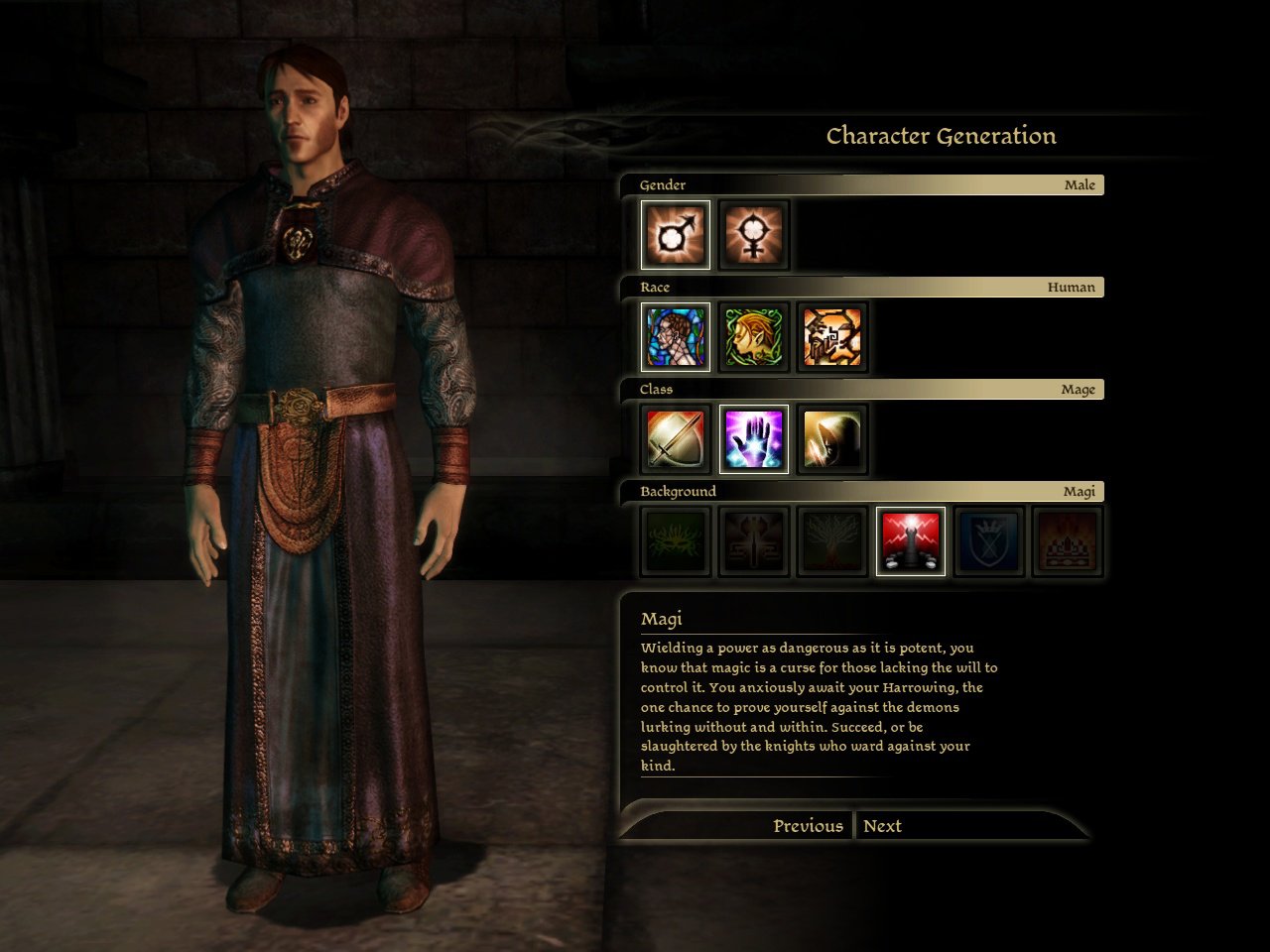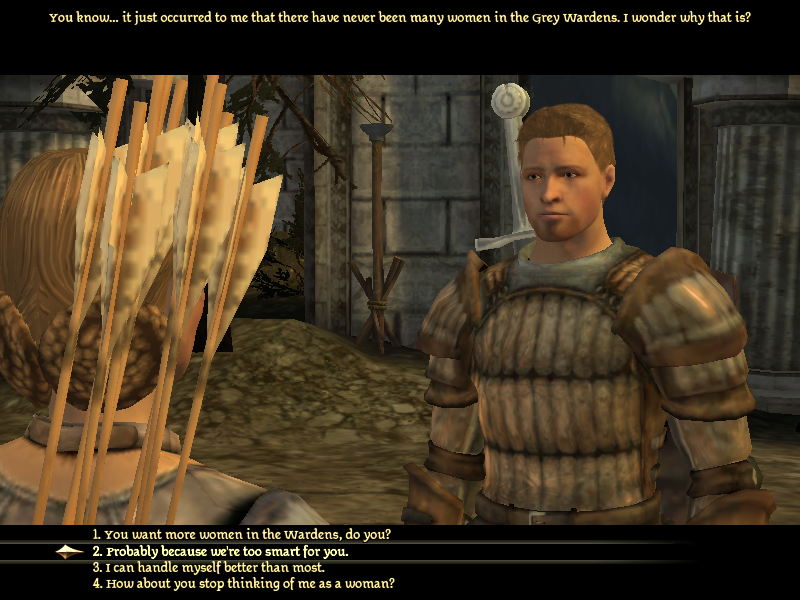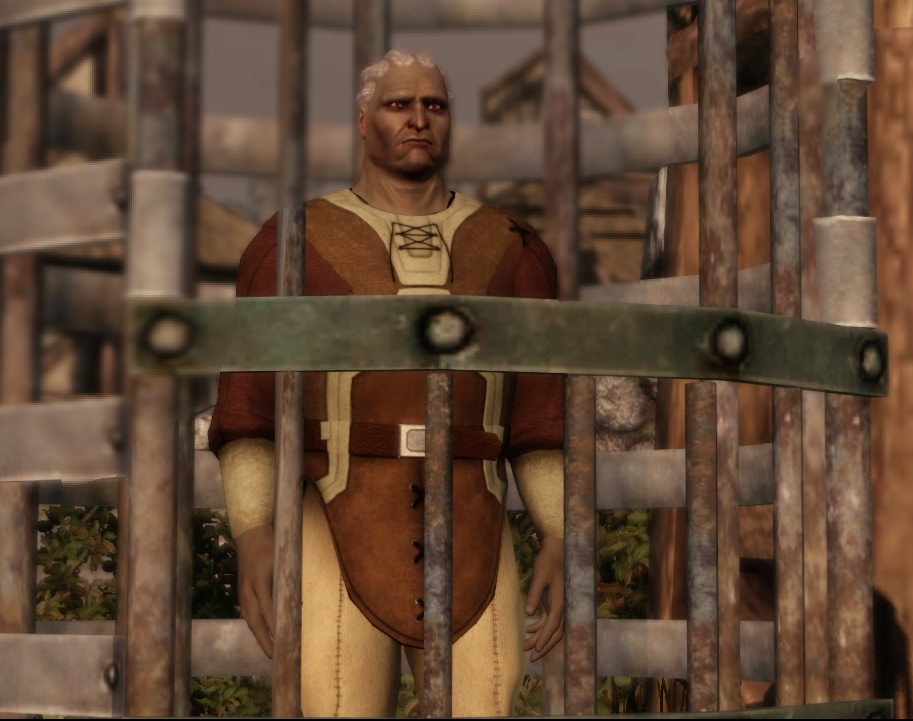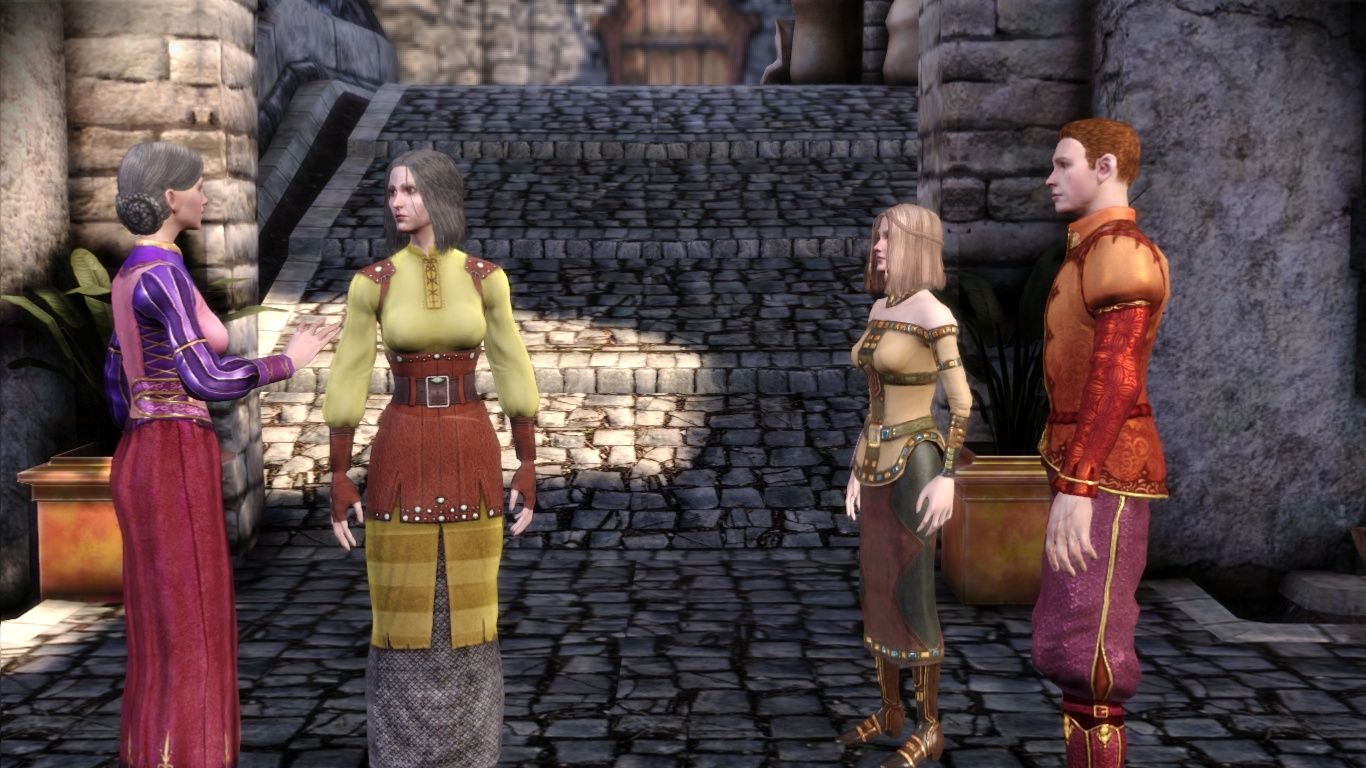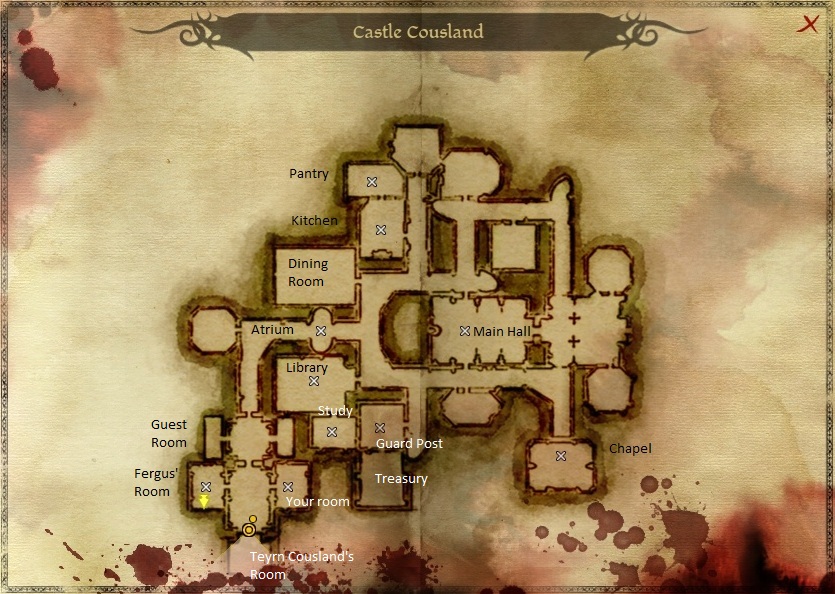Part of what makes Dragon Age: Inquisition so enthralling is the sheer magnitude of storylines and interactivity. Within the game you can choose to accept or deny the allegiance of different factions or choose the fate of sworn enemies, with your choices not only affecting the storyline but also the gameplay itself. And after doing some research surrounding Dragon Age: Inquisition and its characteristics, I came across an interesting piece “Narrative Structure and Player Experience in Role-Playing Games”. In it, authors Christopher Moser and Xiaowen Fang explore how a branching narrative structure within a game has a positive impact on play, and doing so they analyze the impact salient decision points have on the player’s perception of the game’s play and narrative.
Throughout the article, they discuss how the number of key decision points impacts a game’s play and narrative. This relates to DA: I as at many points in the game, the inquisitor( the player’s character) is often presented with a choice: to recruit this agent, to enlist the help of this group or an opposing one: to accept the help a playable companion or not. And the more choices that come along, the more apparent the Inquisitors choices become. Certain choices affect other companion’s morale, and open or close new questlines. Through these choices, I have a chance to make my Inquisitor’s narrative unique from someone else’s, all the while impacting the potential branching narratives throughout the game.

As Moser and Fang write regarding this type of narrative: “Users can experience a dynamic story that unfolds in realistic, individualized directions, and users can experience narrative causal agency, which mediates the experience of the story” (146). I thoroughly enjoyed this part of DA: I. The ability to have place my stamp within on a game’s emergent narratives creates a strong sense of involvement and fosters an enjoyment of the game. As I played, I realized that the choices I was making where choices that I would actually make; it was less following a linear storyline throughout, and more about personal tastes, allowing a level of immersion that I did not expect when I started playing.
Moser, Christopher, and Xiaowen Fang. “Narrative Structure and Player Experience in Role-Playing Games.” International Journal of Human-Computer Interaction31.2 (2014): 146-56. Web.



